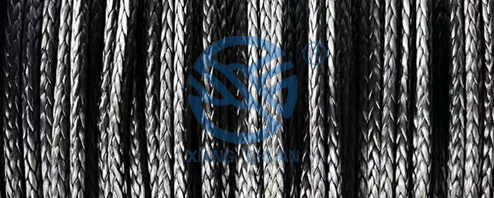
Cracking the Code of Mooring Tails: Mastering the Craft of Ship Berthing
Ship berthing is a crucial aspect of maritime operations, as it involves safely docking a vessel at a port using mooring lines. However, mastering the art of ship berthing requires a deep understanding of the different types of mooring tails and how to effectively use them. In this guide, we will explore the intricacies of mooring tails and provide valuable tips on how to become proficient in ship berthing.
Mooring tails are the ropes or cables that connect a ship to a mooring point on the dock or shore. They play a critical role in ensuring that the vessel remains stable and secure while berthed. There are several types of mooring tails, including wire ropes, synthetic ropes, and chains. Each type has its own unique properties and advantages, so it is essential to choose the right type based on the specific requirements of the berthing operation.
When selecting mooring tails, it is important to consider factors such as the size and weight of the vessel, the prevailing weather conditions, and the type of mooring point available. Wire ropes are commonly used for larger vessels, as they offer superior strength and durability. Synthetic ropes, on the other hand, are lightweight and easy to handle, making them ideal for smaller vessels or operations that require frequent adjustments.
Properly securing mooring tails is essential for ensuring the safety and stability of the vessel during berthing. One common technique is to use a combination of breast lines, spring lines, and stern lines to distribute the forces evenly and prevent the ship from drifting or swaying. It is also important to maintain proper tension on the mooring tails to prevent excessive slack, which can lead to the vessel breaking free from its mooring point.
In addition to selecting the right type of mooring tail and securing it properly, mastering ship berthing also requires good communication and coordination among the crew members. Clear and concise communication is essential for ensuring that everyone understands their roles and responsibilities during the berthing operation. Proper training and regular drills can help improve teamwork and ensure that the crew can respond quickly and effectively to any unexpected challenges.
Lastly, mastering ship berthing also requires a thorough understanding of the local regulations and protocols that govern maritime operations. Ports and harbors may have specific rules and guidelines for ship berthing, including speed limits, navigation channels, and designated mooring points. By familiarizing yourself with these regulations and following them diligently, you can ensure a smooth and safe berthing operation.
In conclusion, mastering the craft of ship berthing requires a combination of technical knowledge, practical skills, and effective communication. By understanding the different types of mooring tails, securing them properly, and coordinating with your crew members, you can become proficient in ship berthing and ensure the safety and stability of your vessel. With these tips and guidelines in mind, you can crack the code of mooring tails and excel in the art of ship berthing.


 +86-514-88253368
+86-514-88253368






